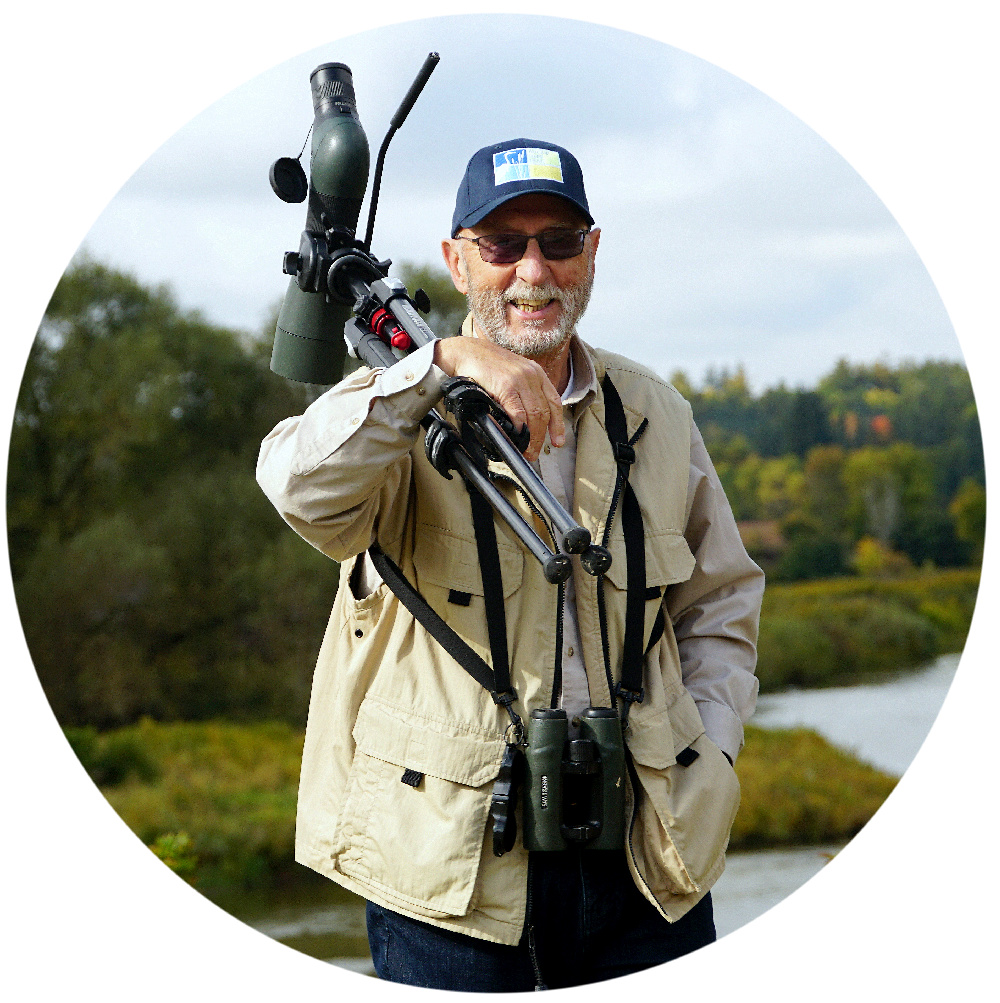The premise for this work is rooted in the sound logic that avifaunal overlap in the various political units of Central America defies national boundaries, with many species being present in all seven countries. It makes sense, therefore, to have one field guide covering the entire region.
The opening sections follow the time-honoured traditions of field guides, explaining the scope of the book in the introductory comments, with notes as to taxonomy, the rationale for the design of the maps and other generic comments. A conventional diagram depicting bird topography is included and, though we have been exposed to this artifice so many times, it remains a valuable tool. It must be especially helpful to enthusiasts new to recreational birding but lacking in detailed knowledge of feather tracts and other aspects of avian morphology.
There is an important chapter dedicated to the geography of Central America and herein lies the core reason for grouping the countries of the region together. From the standpoint of bird populations, they are defined by similar physical and climatic features, with political boundaries meaning nothing to highly mobile birds seeking to maximize their life styles and breeding opportunities. Pacific lowland dry forest in southern Guatemala is little different from the same ecosystem in neighbouring El Salvador. Many species found here will also be discovered in the dry forests of Guanacaste in Costa Rica.
The illustrations in the book are well done, but the biggest issue I have is the quality of reproduction. I am not sure whether it is by design, or whether the printer forgot to crank up his ink, but looking at many of the pages is like peering through gauze.
The birds look flat, greyish and washed out. The pages that I include here actually look brighter than the book. Take for example the Jabiru above. While the head is factually not entirely black it appears to be so to the field observer, especially in bright sunshine when it appears glossy black and the throat so deep a red as to resemble blood. I have carefully checked my photographs of this species, and several other references, and universally this is true.
Look at the Scissor-tailed Flycatcher below.
While this species is not gaudy, being in fact an artist's palette of subtlety, it nevertheless leaves one breathless when first viewing its understated beauty. The picture above fails to capture this.
Similar comments might be made about the images below.
The book is overall a great addition to the ever-growing compendium of first rate field guides, and the less than perfect plates should not deter potential buyers who would find this work useful. Whenever I coach beginning birders I always tell them that a field guide is exactly what it says - a guide. Use it wisely, but take into account all other aspects of the sighting - habitat, time of year, location, behaviour etc. And remember, just as in humans, minor variations occur all the time and even the play of light and shade can cause colour to appear different.
The book weighs in at a hefty 1,395 grams (about 3 lb) but given its coverage this is not unreasonable and carried in a suitable pouch across the shoulder should present no problem toting it in the field.
In January I will be going to Costa Rica and in April to Panama so I will have a great opportunity to give it a workout in the field. I will look forward to the pleasure.
Birds of Central America: Belize, Guatemala, Honduras, El Salvador, Nicaragua, Costa Rica, and Panama
Andrew C. Vallely and Dale Dyer
Paperback - $49.0 - 9780691138022 - 584 pages - 6" x 9"
Publication date: 16 October 2018
Showing posts with label Dale Dyer. Show all posts
Showing posts with label Dale Dyer. Show all posts
Monday, October 22, 2018
Subscribe to:
Comments (Atom)
Land Acknowledgement
We acknowledge that the land on which we are situated are the lands traditionally used by the Haudenosaunee, Anishinaabe, and Neutral People. We also acknowledge the enduring presence and deep traditional knowledge, laws, and philosophies of the Indigenous Peoples with whom we share this land today. We are all treaty people with a responsibility to honour all our relations.
Followers
Welcome

My name is David. I'm a lifelong birder, fiercely committed to all of nature, however. Married to Miriam Bauman. I love to travel. I Enjoy a good book and a good glass of wine. To read more about me, click my ABOUT page.
Follow by Email
Search This Blog
Blog Archive
Popular Posts
-
22 August, 2025 We had promised Pam a return visit to SpruceHaven in order to see more of the splendour of the place, and to meet Dav...
-
27 September, 2025 LaSalle Park and Marina, Burlington, ON Yesterday I was fortunate to lead a group of dedicated birders on a day...
-
15 August, 2025 Long one of our favourite spots we were happy to go and check out shorebird migration; Victoria and Selwyn were our c...
-
This first novel by Sean Pauzauskie, a neurologist, weaves a story around the familiar themes of King Lear - love, family rivalry, d...
-
After several years of searching, my daughter, Caroline, and son-in-law, Andrew, finally found a rural property to their liking, in Mab...
-
21 July, 2025 I am not sure whether this female Brown-headed Cowbird ( Molothrus ater ) turned her back in disdain, or wanted to show...
-
03 August, 2025 This park is a mere five minutes from our front door, so we often visit for an hour or two. It is a long narrow park,...
-
30 July, 2025 A Summer Azure ( Celestrina neglecta ) came to meet us, and we appreciated the gesture very much. Not to be outdon...
-
As best I can tell, 48 titles have been published in the Wild Guides series of books, dating back to 2013; their unifying feature is ...
-
28 July, 2020 It was a hot day; an American Robin ( Turdus migratorius ) was drying off after a cool bath. A female Rose-breaste...









.jpg)
















